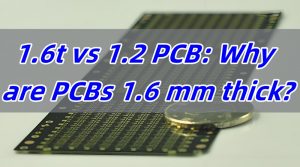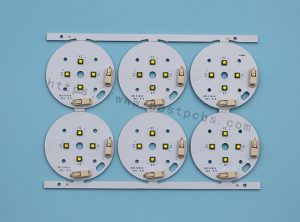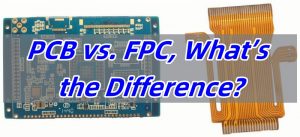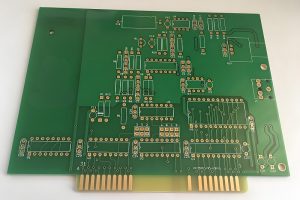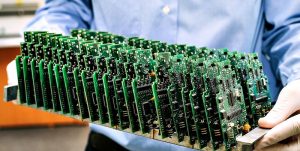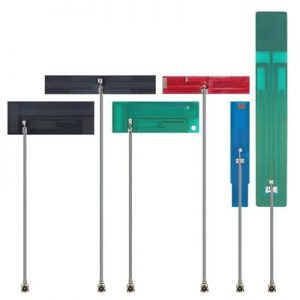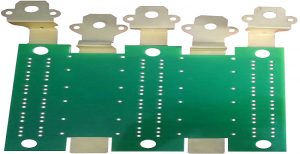A board printed circuit (PCB) is the heart of almost every electronic device, acting as the foundation that connects various components to create functional circuits. Whether you’re using a smartphone, a computer, or even a household appliance, chances are there’s a PCB working behind the scenes to ensure everything runs smoothly. As technology continues to evolve, so do the designs and capabilities of PCBs, making them more efficient, reliable, and versatile. In this guide, we will explore the essential aspects of PCBs, from their design and cleaning methods to testing and understanding their purpose.
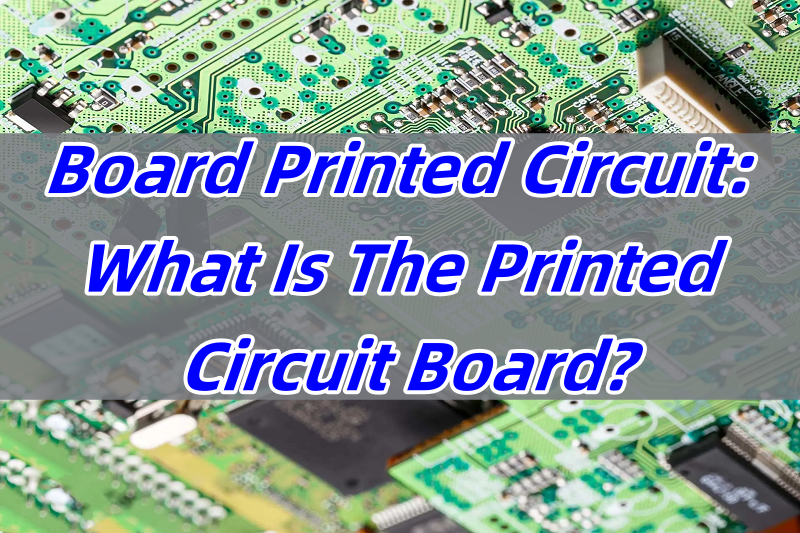
What Is PCB in Electronics?
A board printed circuit, commonly known as a PCB, is an essential component in almost every electronic device. It serves as a platform where different electronic components, such as resistors, capacitors, and microchips, are connected to form a circuit. The board is typically made from a non-conductive material, with copper traces etched onto its surface to provide pathways for electricity. This structure allows for compact, reliable, and efficient designs in everything from smartphones to computers.
In essence, PCBs play a pivotal role in modern electronics. They not only ensure proper electrical connections but also provide mechanical support to various components. The design and manufacturing of PCBs have evolved significantly, resulting in numerous types and designs tailored for specific needs.
Is It PWB or PCB?
You may have heard the term PWB, or Printed Wiring Board, used interchangeably with PCB. Both terms refer to the same thing, but they are often used in different contexts. PWB refers more to the wiring aspect of the board, highlighting the copper traces used for electrical connections. On the other hand, PCB is a broader term that encompasses the entire board, including its physical structure and additional features such as layers, vias, and components.
The term PCB is generally more common in the industry, as it reflects the comprehensive role the board plays in the overall functionality of an electronic device.
What Is the Purpose of a PCB?
The primary purpose of a printed circuit board is to electrically connect and mechanically support electronic components. By providing a compact and organized layout for components, PCBs help reduce the complexity of wiring and improve reliability. In high-speed circuits, such as those used in communication systems, the PCB ensures that signals are transmitted efficiently.
Additionally, PCBs serve to protect components from environmental factors such as moisture and dust. They also contribute to heat dissipation by directing thermal energy away from sensitive components. With the evolution of technology, PCBs have become more specialized, designed to handle high-frequency signals, support multi-layer configurations, and integrate various types of components.
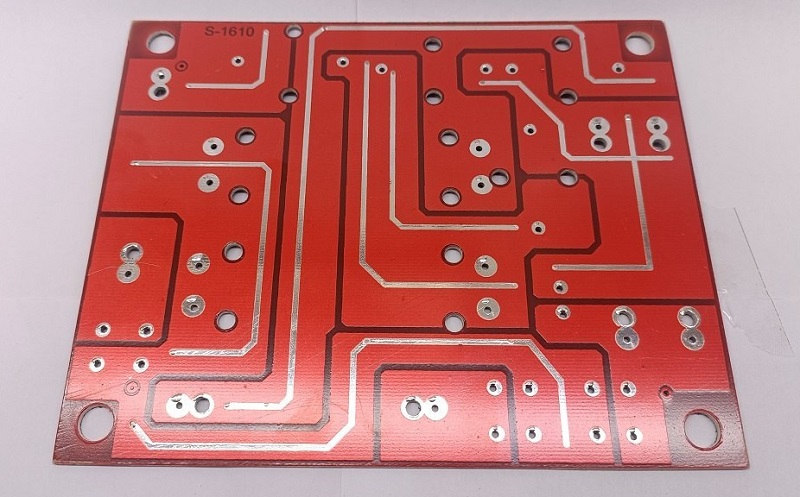
How to Clean Printed Circuit Boards?
Cleaning printed circuit boards (PCBs) is a crucial step in maintaining the integrity and longevity of electronic devices. Dust, grime, and flux residues can accumulate on the surface of the board over time, potentially causing performance issues or short circuits.
To clean a PCB, you can use isopropyl alcohol and a soft brush. Gently scrub the surface of the board, avoiding excessive pressure to prevent damaging delicate components. After cleaning, ensure the board is completely dry before reassembling the device. If there are any visible traces of flux or solder, they can be cleaned with a specialized flux remover.
In some cases, you may need to use a more thorough cleaning process, such as ultrasonic cleaning, especially for boards with complex structures or densely packed components.
How to Connect Multiple PCBs Together?
In many modern electronics, it is common to have multiple PCBs working together to perform different functions. These PCBs can be connected through various methods, depending on the complexity and requirements of the design.
One common method is using connectors that link multiple PCBs together, allowing them to communicate with each other. For example, ribbon cables or flexible flat cables (FFCs) can be used for this purpose, providing a compact and reliable connection.
Alternatively, PCBs can be connected using solder bridges or by mounting them on the same chassis. In advanced designs, flexible PCBs can be used to interconnect different sections of a device, ensuring flexibility and reducing the need for rigid connectors.
Why Are Circuit Boards Green?
You might have noticed that most circuit boards, including printed circuit boards, are green. This is due to the use of a green solder mask, which covers the copper traces and protects them from oxidation and damage. The green color is a result of the specific chemicals used in the solder mask. While green is the most common color, PCBs can also be manufactured in other colors like red, blue, or black. The color itself is more about aesthetic preference or company branding than functionality.
The solder mask not only provides a protective barrier but also improves the board’s durability and resistance to harsh environments. The green color, in particular, is chosen because it provides high contrast with the copper traces, making it easier to inspect the board visually.
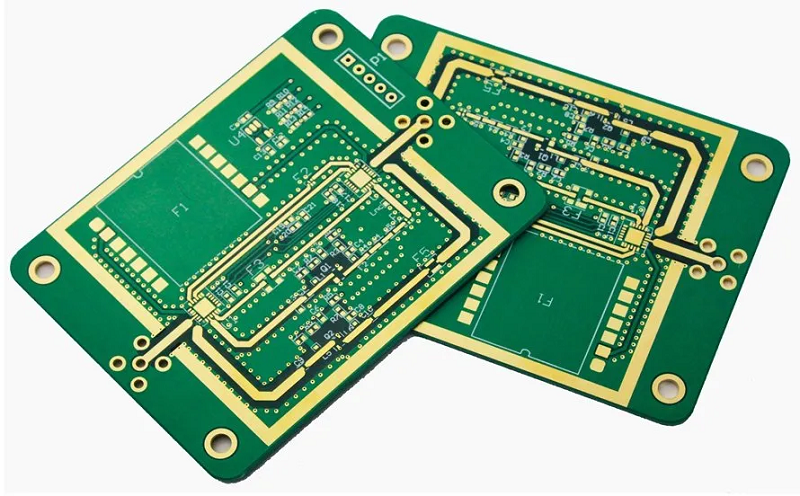
What Is Printed Circuit Board Used For?
Printed circuit boards are used in virtually all modern electronics. They form the backbone of devices such as smartphones, televisions, computers, and medical equipment. Their versatility makes them indispensable in a wide range of industries, from telecommunications to automotive applications.
In consumer electronics, PCBs connect components like microprocessors, memory modules, and power supply units, enabling the device to function as intended. In more specialized applications, such as aerospace or automotive industries, PCBs are designed to meet strict requirements for reliability and performance under extreme conditions.
Additionally, PCBs play an important role in emerging technologies like 3D printing and wearables. For example, the development of 3D printed circuit boards allows for more intricate designs and faster prototyping, which can lead to innovative new products.
How to Test a Printed Circuit Board?
Testing a printed circuit board is an essential step in ensuring the functionality and reliability of a device. There are several methods for testing PCBs, depending on the complexity of the design and the required standards.
The simplest form of testing is a visual inspection, where the board is examined for physical defects such as broken traces, misaligned components, or solder bridges. This is often followed by electrical testing, where the board is powered up, and various signals are checked to ensure proper operation.
In more advanced applications, automated optical inspection (AOI) and X-ray inspection are used to detect issues that are not visible to the naked eye. For high-frequency circuits, specialized tools such as oscilloscopes and spectrum analyzers are used to verify signal integrity.
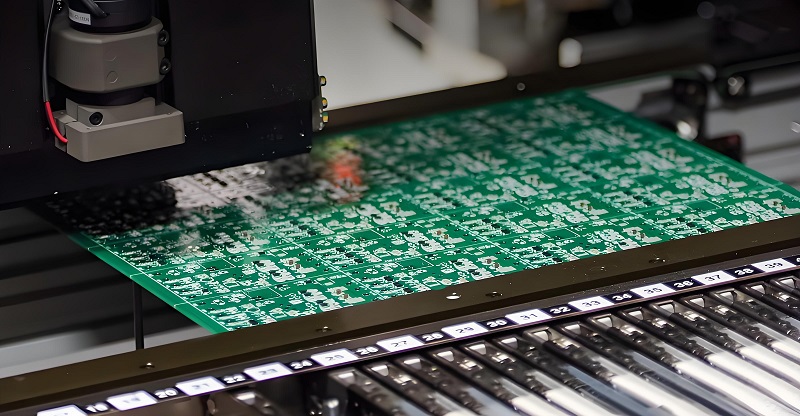
In summary, a printed circuit board (PCB) is more than just a platform for connecting electronic components—it is the foundation of modern electronics. From its role in providing electrical connections to its contribution to device durability, PCBs are essential in virtually every electronic product we use today. Whether you’re designing a simple circuit or developing a complex device, understanding PCB manufacturing, testing, and cleaning is crucial.
At Best Technology, we are committed to providing high-quality PCBs tailored to your needs. With years of expertise in PCB manufacturing, we deliver products that meet the highest industry standards. Get in touch with us at sales@bestpcbs.com for any questions or additional information.


